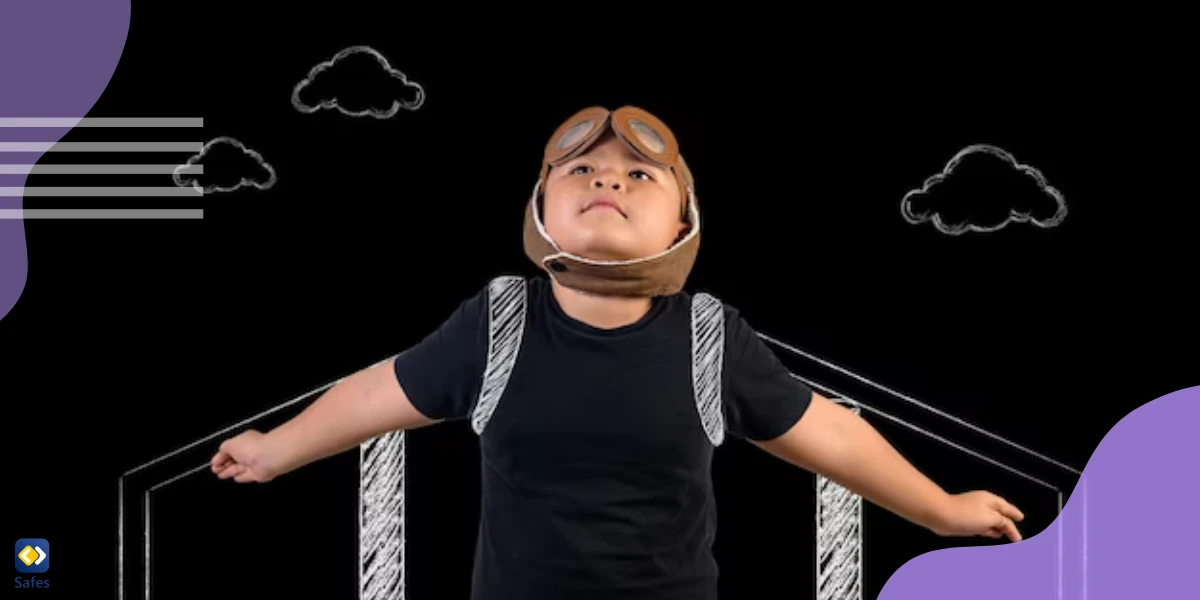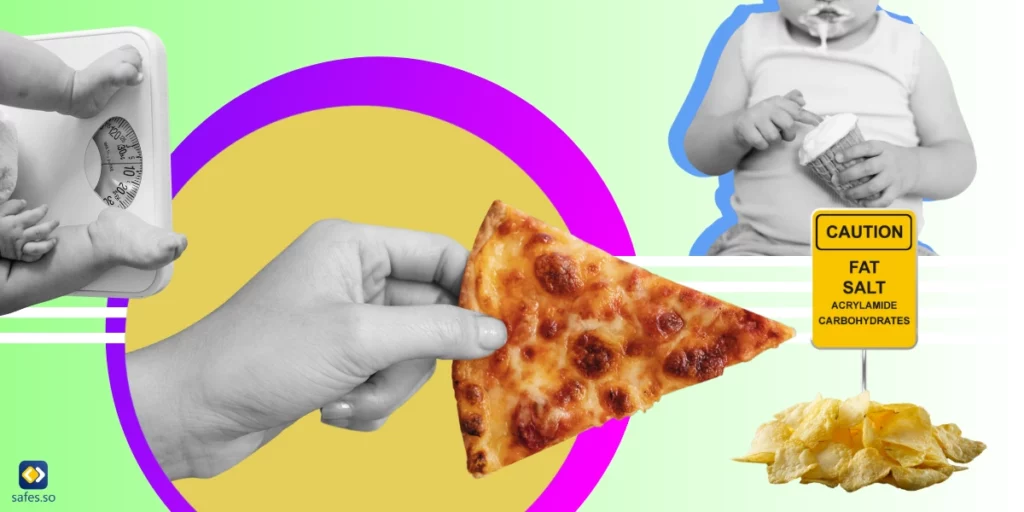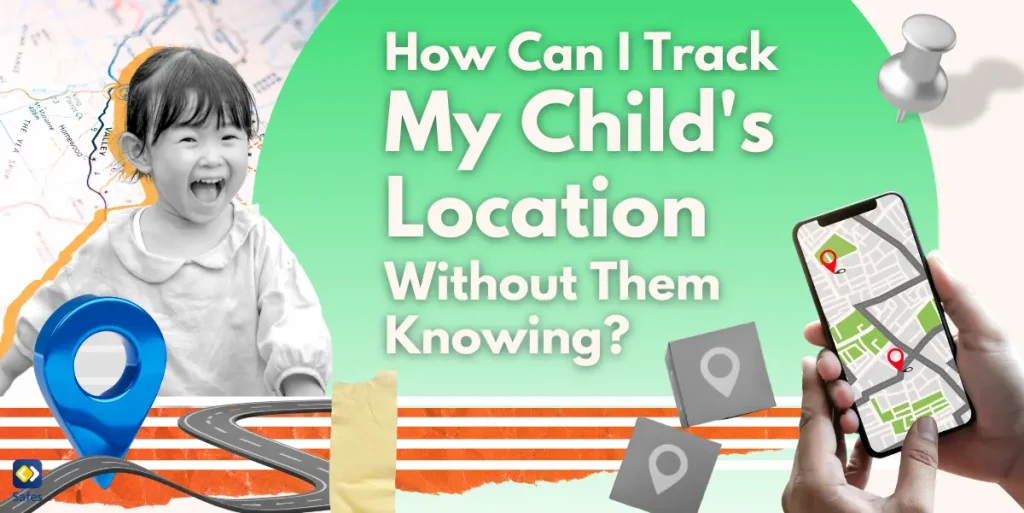Daydreaming is a kind of mind-wandering that shifts our mind from the task at hand. During daydreaming most parts of the brain can sleep while we are awake. It’s a fact that about half of our time is spent thinking about imaginary things and fiction daily. Daydreaming is not always a positive action; we will learn how to stop maladaptive daydreaming in this blog.
Download and Start Your Free Trial of the Safes Parental Control App
This phenomenon is not uncommon in children, especially in school students when they are bored. It has both advantages and disadvantages for them. Of course, the repetition of this act can be destructive, and it may have negative effects on their minds and their performances. There are some ways to know how to stop maladaptive daydreaming in children and they can be done by parents.
The Benefits of Daydreaming
Daydreaming has several merits; it has positive effects on children’s decision-making skills and enhances their creativity. By daydreaming they can use their talents and skills in their activities, and this is beneficial for them.
Daydreaming can foster problem-solving skills which helps children and teenagers to deal with their problems and search for a way to solve them individually. It allows them to find new ways and solutions and expand their mind to face their problems and try to generate new ideas.
Sometimes it can be a way for children to avoid anxiety and stress by imagining that their wishes are fulfilled. It also helps them to regulate their emotions and encourage self-soothing in themselves. For instance, if they feel upset about a lower mark that they got in school they can make themselves calm by daydreaming about something desirable. It’s a satisfying way to escape sadness.
Children can promote their introspection by thinking about their dreams. It’s a way for them to observe their emotions and identify their values. Therefore, they can find out more about their personalities and their manners.

The Potential Risks of Daydreaming
Despite its advantages, maladaptive daydreaming may have some drawbacks that can affect children’s manner and their life. It can influence their tasks and responsibilities negatively. In other words, it may occupy most parts of their brain and it’s a kind of distraction for them. If it continues, they might be unable to communicate with children of the same age or even play with them.
For students, maladaptive daydreaming can affect their academic performance negatively. If they become bored, their mind can be hijacked, and this can affect their ability to learn and be productive in the classroom. Studies show that higher rates of daydreaming in students can result in poor performance in learning activities.
Maladaptive daydreaming can cause isolation and social problems which makes it difficult for children to find friends. It leads to an increase in shame and a fear of interacting with others. It affects their life in the future both socially and individually.
Understanding Maladaptive Daydreaming
Maladaptive daydreaming or excessive daydreaming is a mental issue that a person spends a lot of his/her time drowning in thoughts. In children, the overdoing of this action could be detrimental. Some of the symptoms of maladaptive daydreaming are sleeping disorders, focusing, a tendency to be alone, and low productivity.
There are some differences between normal and maladaptive daydreaming. Normal daydreaming is pretty pleasant and beneficial because it boosts creativity and imagination. It’s a way to plan future events and relax our minds. In children and teenagers, normal daydreaming can result in good progress.
If you see that your child is spending much of their time alone in their room just indulging in thoughts, they should take a maladaptive daydreaming test because it can be a sign that they are addicted to daydreaming, and it’s better to solve this mental issue by receiving treatment.

Strategies to Manage Maladaptive Daydreaming in Children
As we mentioned before, daydreaming in children can be both beneficial and destructive. Parents should know how to stop maladaptive daydreaming and make their children focused by using some strategies. These tips could work for schoolteachers too.
If it is turning into an addictive action, it is highly recommended to meet a psychologist.
- Encourage your child to interact more with their classmates and friends by engaging them in activities and hobbies. For example, physical games or exercise.
- Try to provide a suitable environment for them by using natural light and fresh air.
- Appreciate them for their success by giving them gifts, even a small gift.
- Establish a useful routine by setting a schedule for them, for example, you can use a planner app.
How Can Parental Controls Help With Maladaptive Daydreaming?
A highly recommended way to control your children’s situation is to use some kinds of software and apps that allow you to monitor them better. You can use the default parental controls on your child’s device such as Windows parental controls.
Setting some limitations and boundaries on the usage of devices and applications can also be done by utilizing Safes. Safes is a parental control app, available on iOS and Android, that allows you to:
- Limit screen time
- Set schedules for individual apps
- Instantly block all apps
Curious to see how Safes can simplify your parenting approach? Try our 14-day free trial—no credit card required!
Conclusion
Overall, daydreaming is not an abnormal action in children and students, but it is important to know how to manage it and be informed about how to stop maladaptive daydreaming. The most significant tip for parents is to have supportive behavior with daydreamer children and make a balanced environment for them.
Your Child’s Online Safety Starts Here
Every parent today needs a solution to manage screen time and keep their child safe online.
Without the right tools, digital risks and excessive screen time can impact children's well-being. Safes helps parents set healthy boundaries, monitor activity, and protect kids from online dangers—all with an easy-to-use app.
Take control of your child’s digital world. Learn more about Safes or download the app to start your free trial today!




